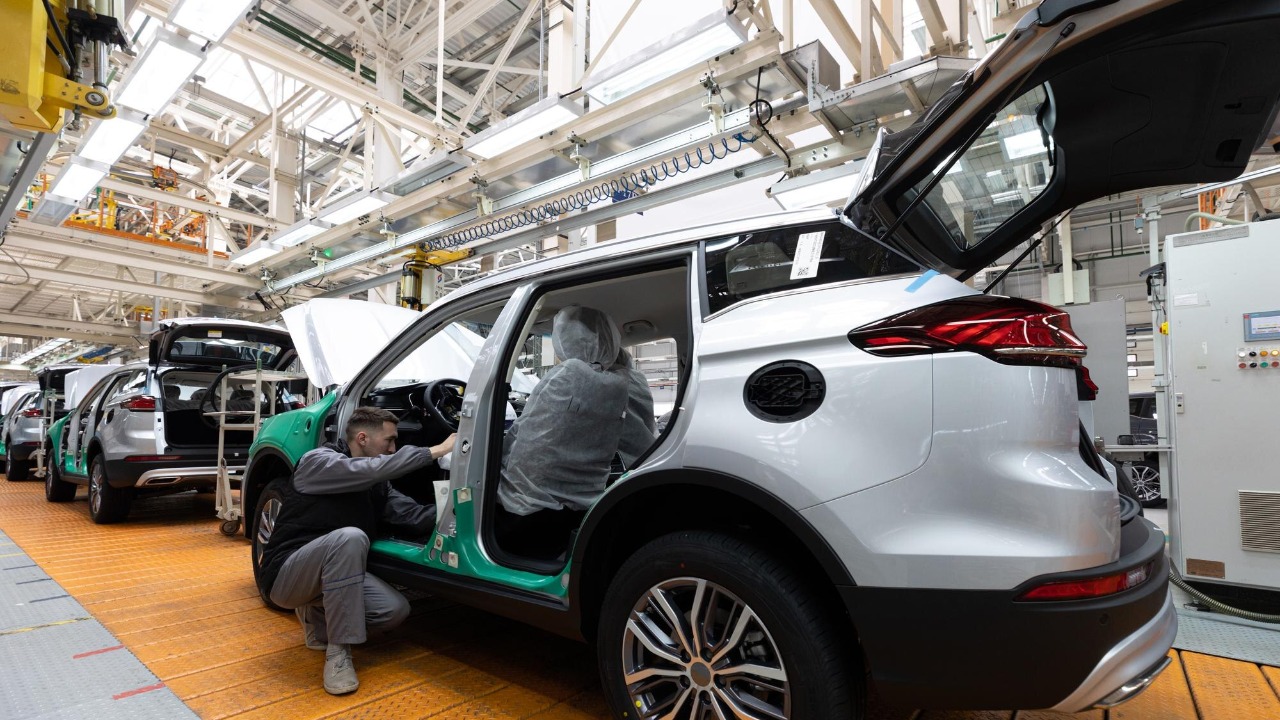
In the face of advancing automotive technology, a significant challenge emerges: driver fatigue. To address this, car manufacturers are experimenting with “sleep detection” technology, with a view to prevent accidents and enhance the safety of roads.
The Scope of the Problem: Drowsy Driving

The dangers of drowsy driving are well-documented. Research shows that driver fatigue is a significant factor in many road accidents. In fact, a study published in Future Transportation Journal found that drowsy driving contributes to nearly 20% of all road crashes.
The impacts of drowsy driving extend beyond the obvious risk of accidents. It also takes a toll on personal health, with disrupted sleep patterns contributing to stress and other health issues. Economically, the costs associated with accidents, medical expenses, and lost productivity are substantial.
Understanding Sleep Detection Technology

Sleep detection technology functions by monitoring a range of factors that can indicate driver fatigue. The science behind these systems is rooted in numerous fields, including neurology, psychology, and computer science. The technology is often based on methods such as eye tracking, facial expression analysis, and physiological monitoring.
For instance, a driver’s eyes can reveal signs of fatigue, such as slow blink rate or prolonged eye closure. Moreover, certain facial expressions and physiological signs, like heart rate variability, can also indicate tiredness. The technology can then alert the driver or take corrective actions to prevent a potential accident.
Implementing Sleep Detection in Cars

The integration of sleep detection systems into vehicles involves a range of steps, from the initial design and testing phases to the final implementation. This process can be complex, given the need for the technology to work seamlessly with other vehicle systems and to withstand the demands of real-world driving conditions.
Several prototypes and models of vehicles with sleep detection technology are currently being tested. For example, some luxury car brands are already incorporating advanced driver-assistance systems with features that can detect signs of driver fatigue. However, the implementation of this technology in cars comes with its own set of challenges and limitations, such as the potential for false alarms or the difficulty of accurately detecting fatigue in different individuals.
The Role of AI and Machine Learning in Sleep Detection

Artificial Intelligence (AI) and machine learning play a crucial role in enhancing the accuracy of sleep detection systems. These technologies can learn from a vast amount of data, identifying patterns and trends that might be missed by human analysis. They can then use this information to predict when a driver might be at risk of falling asleep at the wheel.
For instance, machine learning algorithms can analyze data from eye-tracking or facial expression analysis, recognizing subtle signs of fatigue. The use of AI and machine learning can significantly improve the predictive power of these systems, potentially preventing many drowsy driving incidents.
Future Prospects of Sleep Detection Technology in Automotive Industry

The implementation of sleep detection technology on a large scale could have a significant impact on road safety. By alerting drivers to their fatigue or even taking control of the vehicle to prevent an accident, these systems could drastically reduce the number of crashes caused by drowsy driving.
Future advancements in sleep detection technology may include more accurate detection methods, increased integration with other vehicle systems, and even the ability to predict fatigue before it becomes a problem. However, the use of sleep detection systems also raises legal and ethical questions. For example, who is responsible if a system fails to detect a drowsy driver and an accident occurs? Despite these challenges, the potential benefits of this technology make it a promising field for future research and development.